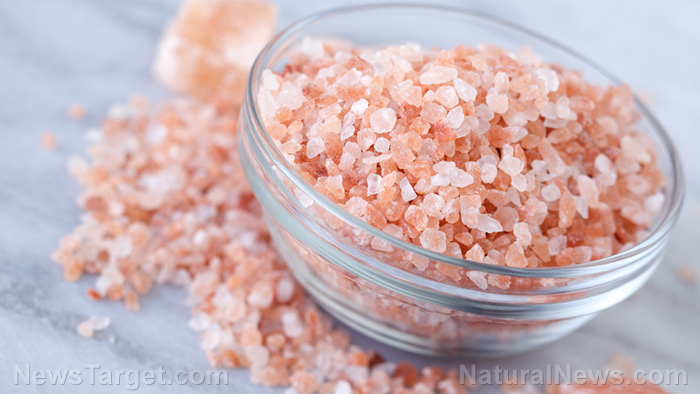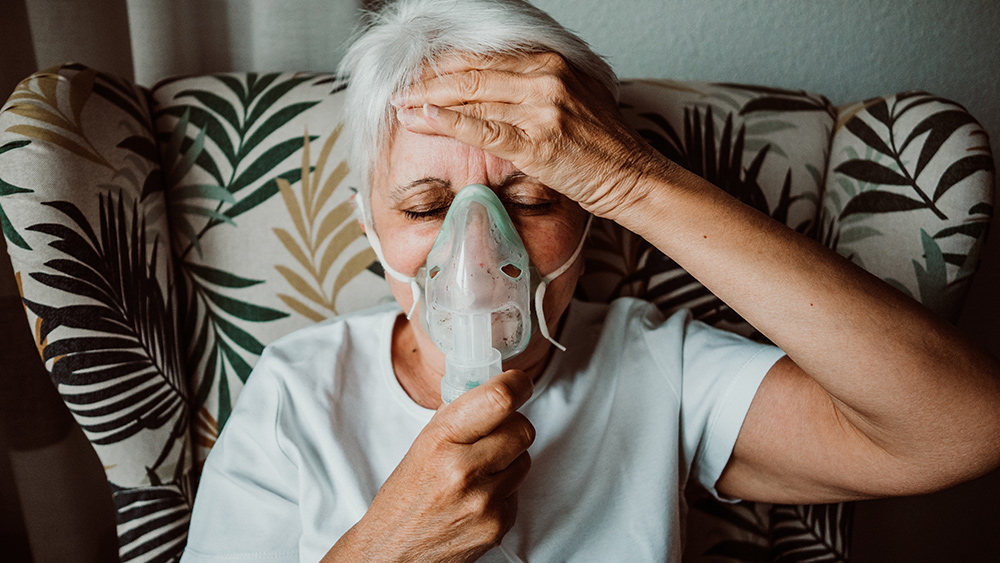
Halo is the Greek term for “salt.” Salt therapy traces its origins to Europe. In the 1840s, a Polish occupational health doctor, Felix Bochkowsky, noted that salt miners were healthier than the average person, as well as their counterparts in the metal and coal industries.
Salt mines were likewise used as bomb shelters in Germany in World War II. When asthmatic refugees re-emerged from the mines, they were healthier and were able to breathe easier. In the 1950s, Russian-based research studies further verified the health benefits of salt, which led to the mass opening of halotherapy chambers in Eastern Europe.
Nowadays, modern practitioners are applying the same philosophy to healing respiratory illnesses, such as chronic obstructive pulmonary disease (COPD), asthma, and other conditions caused by air pollution.
The rise of modern salt caves
These days, one does not need to go to Europe and seek out a salt cave to enjoy the healing benefits of salt. There are numerous modern “salt rooms” called halotherapy or speleotherapy clinics that use therapeutic, dry saline aerosol microclimate technology to ionize the air in special rooms, saturating them with low levels of salt. This means that the temperature, humidity, and level of salt concentration are tailored to the specific needs of patients by trained professionals through convenient, hi-tech computers.
These clinics are found throughout Eastern Europe, including Austria, Germany, Hungary, Russia, and Poland, as well as in the U.S. in many spas and beauty centers.
How salt therapy works
Dry salt releases negative ions into the air. They attach themselves to harmful bacteria, mold spores, viruses, and other positively-charged airborne toxins. The saturation of negative ions in the air causes the positively-charged pathogens to float away. The presence of negative ions produced by saltwater is why trips to the beach always feel invigorating.
According to a study, published in the Journal of the American Medical Association (JAMA), based on 500,000 individual patient records, long-term exposure to air pollutants can lead directly to cardiopulmonary diseases and lung cancer. Getting immersed in saltwater and breathing natural salt can improve chronic respiratory diseases.
“Dry salt goes deep into the recesses of your lungs. It absorbs impurities from the body and helps break up mucus, so you can cough out toxins,” said Ull Pukk, co-founder of the US-based Salt Therapy Association, in an interview. “When you have clean lungs, you get more oxygen. This gives you more energy which impacts every organ in your body. It improves your overall health and well-being.”
You can still enjoy the benefits of salt therapy at home, even if you don’t have access to salt caves or cannot go to the beach as often as you like, by using Himalayan salt lamps. These lamps are lit by candles or have a soft light bulb placed in a hole in the middle, adding up to 300 times more negative ions to your home. They purify the air you breathe so that you have a constant supply of clean oxygen.
Learn about natural remedies for various health conditions at HealingArts.news.
Sources include:
Please contact us for more information.























